Sixty-nine years ago, on April 26, 1954, clinical trials of Jonas Salk’s polio vaccine involving 1.8 million children began at Franklin Sherman Elementary School in McLean, Virginia. Children in the United States, Canada, and Finland participated in the trials, which for the first time used the now-standard double-blind method, in which neither the patient nor the treating physician knew whether the drug being injected was the vaccine or a placebo.
Photo: The History
Since the beginning of the 20th century, polio has occurred in almost all continents such as Norway, Sweden (Europe) in 1905 and the number of patients increased sharply in the decades 1950-1955. In the US, in 1952 alone, 21,269 cases of polio were recorded. Since 1955-1960, when the polio vaccine began to be used, the incidence and mortality rates have decreased significantly. However, in developing and underdeveloped countries, polio is still a major challenge to human health, especially in children.
Polio is a highly contagious disease caused by the poliovirus, which has existed since ancient times and mainly affects young children and can lead to paralysis. The disease reached pandemic proportions during the first half of the 20th century. The virus is transmitted from person to person primarily by the fecal-oral route (the usual source of infection being contaminated water or food) and replicates in the intestines, from where it can invade the nervous system and cause paralysis.
Initial symptoms of polio include fever, fatigue, headache, vomiting, stiff neck, and pain in the limbs. However, people with severe infections will develop more serious symptoms that affect the brain and spinal cord, such as paresthesia (a pins and needles sensation in the legs) and meningitis (an infection of the lining of the spinal cord or brain). These serious symptoms only occur in a small percentage of people, about 1 in 25 who are infected with polio. However, the most serious symptom of polio is paralysis, because it can lead to permanent disability and death.
The man behind the vaccine was New York-born physician and epidemiologist Jonas Salk (1914-1995). The 1954 clinical trials, the largest in U.S. history at the time, were led by Salk's former University of Michigan colleague, Dr. Thomas Francis, Jr.
American scientist and physician Jonas Salk developed the polio vaccine. Photo: Getty
But, in the late 1950s, Polish physician and virologist Albert Sabin (1906-1993) tested an oral polio vaccine (OPV) that he had created from a live attenuated virus. This vaccine was easier to store and cheaper to produce than the Salk vaccine that had been used in the United States in the early 1960s, and eventually replaced the Salk vaccine as the vaccine of choice in most countries.
US President Franklin Roosevelt was diagnosed with polio in 1921 at the age of 39 and was left paralyzed from the waist down, requiring the use of leg braces and a wheelchair for the rest of his life. In 1938, Roosevelt helped found the National Foundation for Infantile Paralysis, later renamed the March of Dimes. The organization was responsible for funding much of the research related to the disease, including the Salk vaccine trials.
According to statistics from the World Health Organization (WHO), in 1988, the year the goal of global polio eradication was set, there were still about 350,000 patients in the world with wild polio in 125 countries. But by 2013, after 25 years, the number of cases had dropped to only 417 cases. By 2018, the number of wild polio cases was only 33 cases and most countries were confirmed to have eliminated wild polio. In Vietnam, in the years before the vaccine was available, major epidemics occurred in 1957-1959. The polio rate in 1959 was 126.4/100,000 people. Since 1962, when Vietnam successfully produced the Sabin live attenuated polio vaccine (OPV), the morbidity and mortality rates have decreased significantly and no epidemics have occurred. After the country's reunification in 1975, thanks to the persistence and expansion of the Expanded Immunization Program, more than 90% of children received polio vaccine every year. By 2000, the World Health Organization declared that Vietnam had successfully controlled polio nationwide. This means that Vietnam no longer had any polio patients caused by wild polio virus. According to the law on infectious diseases issued by the Vietnamese Government, all children must be vaccinated, not only to protect themselves but also to protect the whole community, to protect children who cannot have the opportunity to be vaccinated due to autoimmune diseases and are not healthy enough to be vaccinated.
Today, polio has been eliminated worldwide thanks to vaccines. However, there is still no cure for the disease and it still exists in a small number of countries in Africa and Asia.
Huong Giang (synthesis)
Source


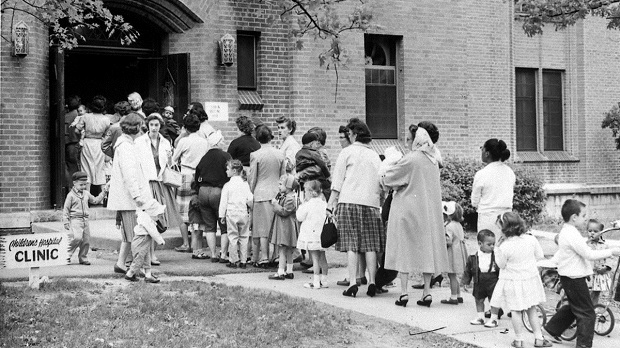
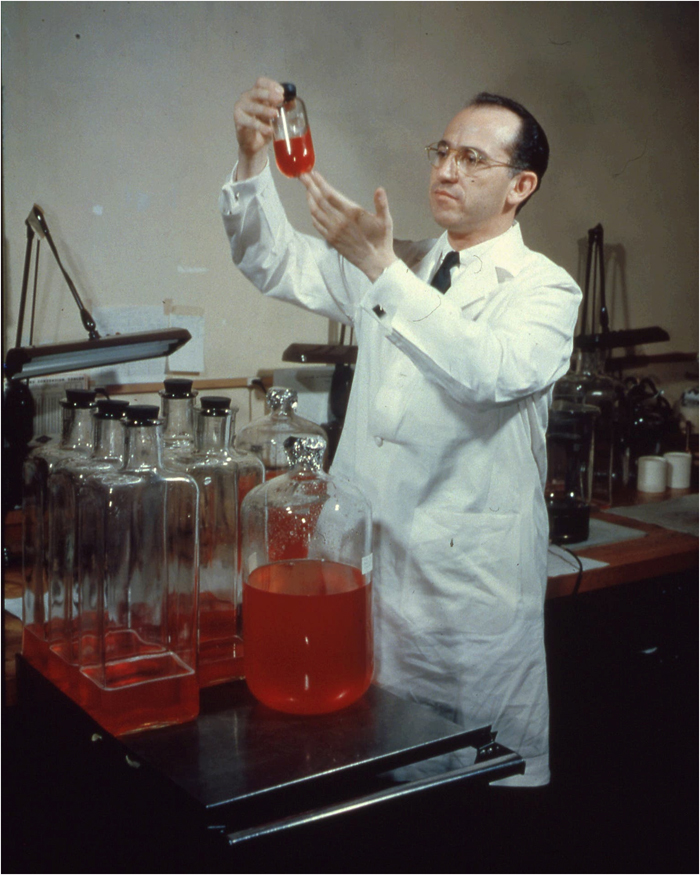

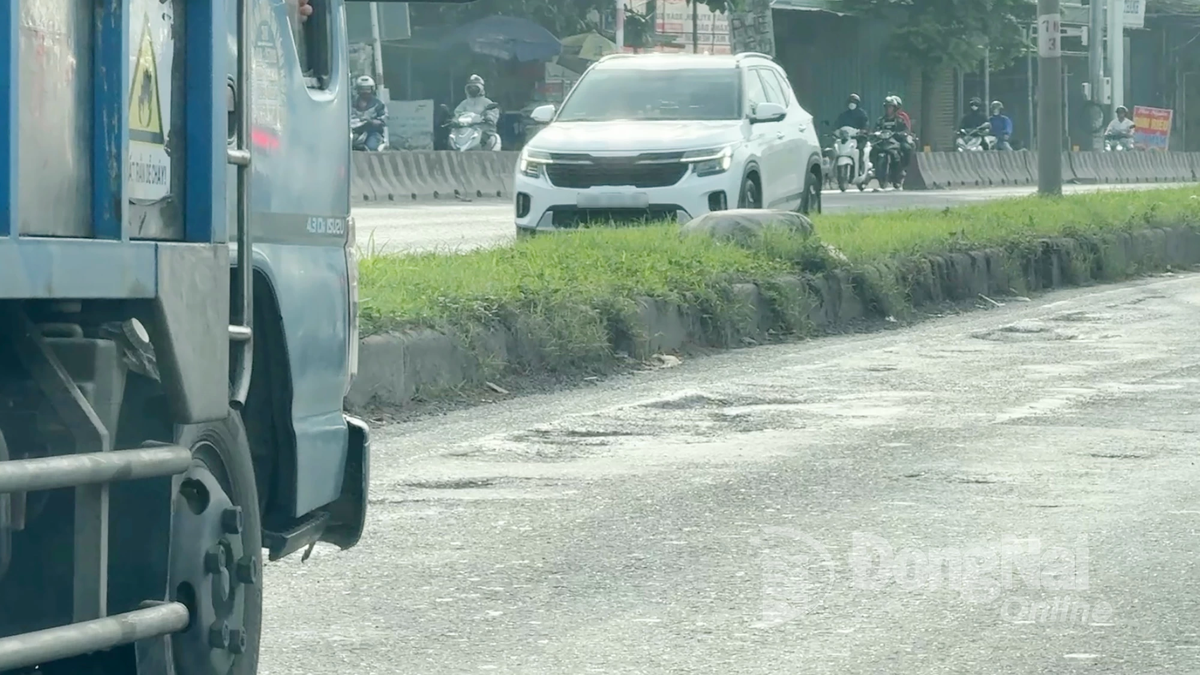
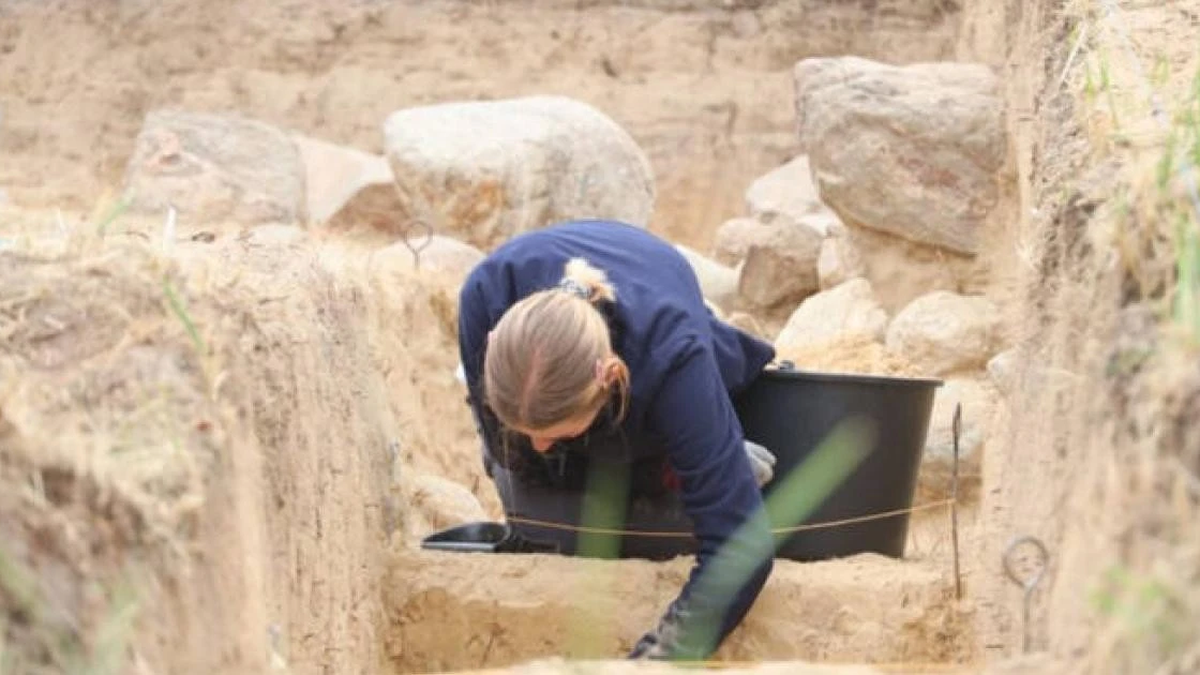


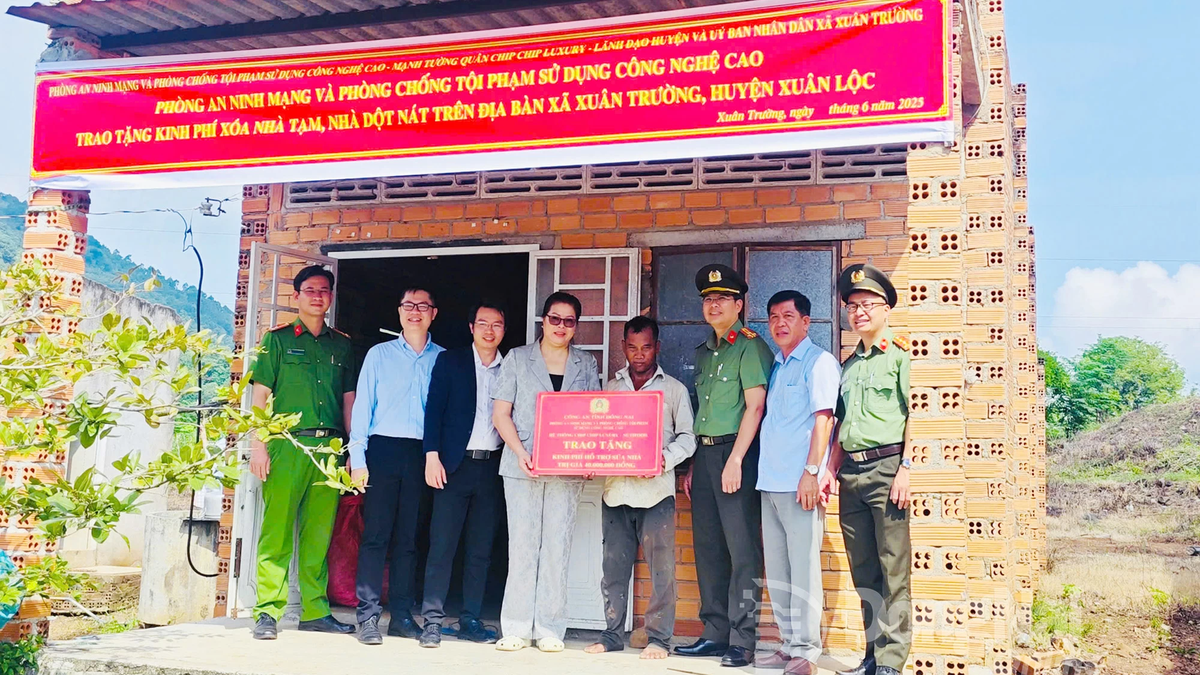
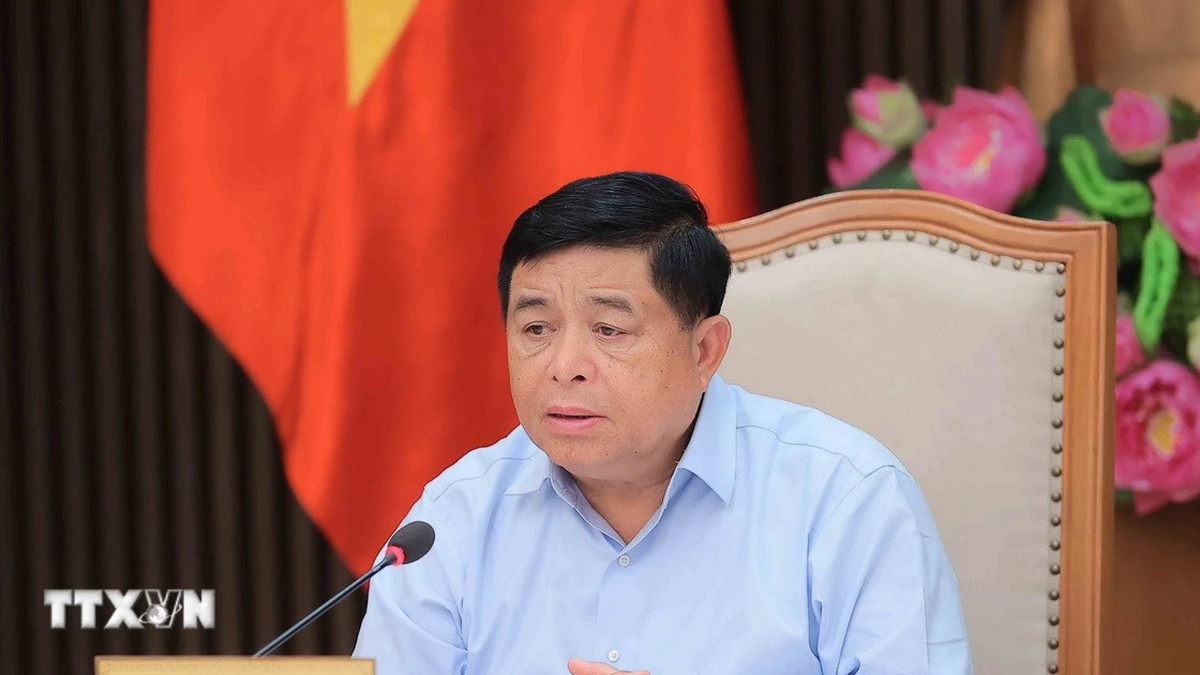



































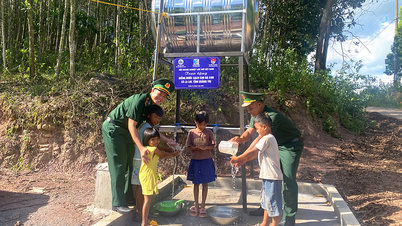







![[Maritime News] More than 80% of global container shipping capacity is in the hands of MSC and major shipping alliances](https://vphoto.vietnam.vn/thumb/402x226/vietnam/resource/IMAGE/2025/7/16/6b4d586c984b4cbf8c5680352b9eaeb0)












































Comment (0)